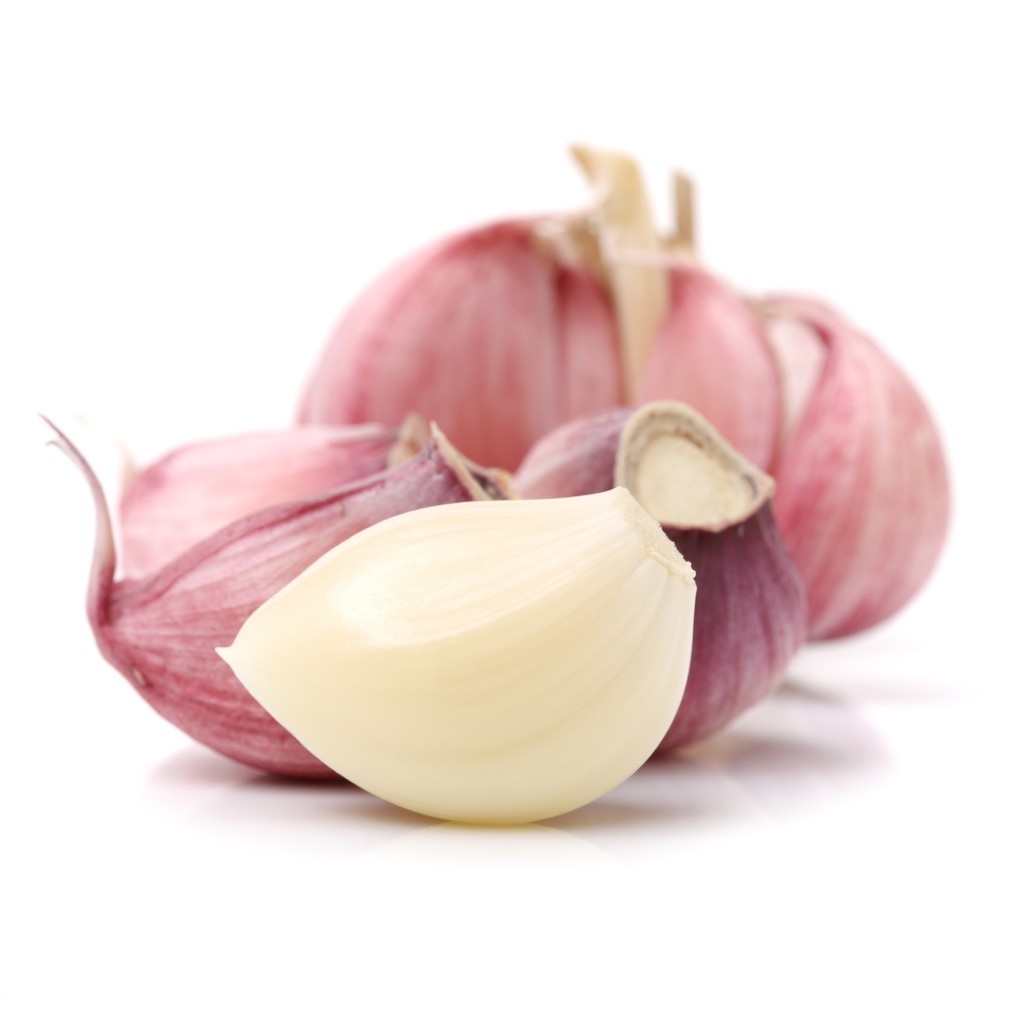Magical Chinese herbal medicine
A healing herb—otherwise known as a medicinal plant—is one that is either collected from the wild or intentionally grown for its medicinal, or curative, value. A plant’s leaves, bark, stems, roots, seeds, and/or flowers may be used to create herbal remedies.
Examples of healing plants for which there is some evidence supporting their ability to either treat or relieve symptoms of certain health conditions include:
Ashwagandha
Chamomile
Echinacea
Garlic
Ginger
Gingko
Ginseng
Lavender
Saint-John’s-Wort
Turmeric
Keep in mind that while herbal remedies may be helpful when used as complementary therapies, they aren’t cures for all that ails you.
1.Chamomile
Chamomile is a flower native to Western Europe, India, and Western Asia. It now grows freely throughout the United States. There are two types of chamomile: German (grows in the Midwest) and Roman (a perennial that smells like apples).
Chamomile is a popular herbal remedy in the United States, commonly used to reduce anxiety and promote relaxation. According to the National Center for Complementary and Integrative Health, a division of the National Institutes of Health, chamomile is “likely safe” when used as a tea. And, it may be safe for short-term use orally. Not enough is known about the long-term safety of using chamomile for medicinal purposes.
In Europe, chamomile is used to aid in wound healing and reduce inflammation and swelling. Its proven effectiveness backs up the popularity of this herbal remedy.
A 2016 review found that chamomile is a versatile herb. It is commonly used for its antioxidant, antimicrobial, antidepressant, anti-inflammatory, antidiabetic, and antidiarrheal effects.6 It is also beneficial for managing knee osteoarthritis, ulcerative colitis, premenstrual syndrome, and gastrointestinal disorders.
2.Garlic
Garlic is a perennial plant native to Central Asia that is grown for its flavorful bulbs. It is now grown worldwide by many cultures. Garlic is valued both for cooking purposes and its medicinal properties.
Humans have been using garlic for thousands of years. Traditional medicinal uses include preventing infection, lowering blood pressure, treating tuberculosis, colic, liver disease, intestinal worms, and reducing fevers.
The compounds found in garlic have antimicrobial, anticancer, and anti-inflammatory properties. Research shows that garlic can lower blood pressure and reduce the risk of heart attack and stroke.
Garlic may be effective at preventing certain types of cancer. Research shows that regular consumption of cooked or raw garlic may reduce the risk of colorectal cancer.
3.Gingko
Ginkgo biloba (widely known as ginkgo) is one of the oldest surviving tree species. Native to Asia, ginkgo is one of the top-selling herbal remedies in the United States. Gingko leaves are used to create extracts, capsules, and tablets.
Ginkgo leaves can also be consumed as a tea. The nut is also used in traditional Chinese medicine for wheezing.
Ginkgo leaves have been used for thousands of years for medicinal benefits. These include treating bronchitis, asthma, chronic fatigue, and tinnitus (ringing in the ears). Some people believe that ginkgo has powerful brain-boosting properties, though more studies are needed to determine if this is true.
The National Center for Complementary and Integrative Health notes that there is no conclusive evidence that gingko helps any medical condition.
4. Ginseng
Ginseng is a well-known herb with a number of health benefits attributed to it. Sometimes referred to as “man-root” because it is shaped like a person, there are many types of ginseng.
Ginseng has been used for thousands of years in traditional Chinese medicine. The herb has antioxidant, anti-inflammatory, anticancer, antiobesity, and antiviral properties, making it a popular herb for medicinal use even today.

5. Lavender
One of the most popular herbs in the world, lavender (Lavandula) is a pleasant-smelling evergreen shrub that grows in low mounds and is native to the Mediterranean. Lavender is in the mint family and thrives in many places around the globe.
The versatile herb is used in personal care products, baking, essential oils, and has become one of the most well-studied herbs due to its potential health benefits.
Lavender has been used by humans for centuries, for everything from perfumes to aromatherapy to medicinal purposes. The herb’s therapeutic properties were traditionally used for treating insect bites and burns, cleaning wounds, and protecting against certain diseases.
Today, evidence suggests that lavender promotes sleep, improves memory, relieves pain, and uplifts mood.
In animal and human studies, lavender has been proven to have anticonvulsant, antioxidant, anti-inflammatory, and antimicrobial activities.30
Lavender is a powerhouse herb that offers many medicinal and therapeutic uses. Thanks to its calming properties, lavender essential oil may be effective at soothing anxiety and promoting a good night’s sleep.
The essential oil has also been found to relieve pain and may be helpful in soothing arthritis/joint pain, headaches, back pain, and menstrual cramps.
Humans have used plants for thousands of years to treat ailments, pain, and disease. Healing herbs are available in several forms, including supplements, tinctures, teas, and essential oils.
Scientific evidence on popular herbal remedies varies widely. For some, there is a lot of information, while there may be just a little for others.
Do your best to research any remedies you plan to use before taking them to understand any potential side effects along with their purported health benefits.

Here, find a licensed acupuncturist who specializes in Chinese herbology, a practitioner of Oriental Medicine (OM), or try the kings park chiropractic clinic.
Kings Park Chiropractic, We offer allied health services since 2018, We offer various Chiropractic Disciplines. Our team is highly-trained and experienced.
Western Sydney Chiropractic Clinic Serves Suburbs – Chiropractor Near Me
Seven Hills NSW 2147
Kings Langley NSW 2147
Kings Park NSW 2148
Blacktown NSW 2148
Baulkham Hills NSW 2153
Norwest NSW 2153
Castle Hill NSW 2154
Rouse Hill NSW 2155
Kellyville NSW 2155
Kellyville Ridge NSW 2155
Schofields NSW 2762
Quakers Hill NSW 2763
Marsden Park NSW 2765
Box Hill NSW 2765
Rooty Hill NSW 2766
Stanhope Gardens NSW 2768
The Ponds NSW 2769

